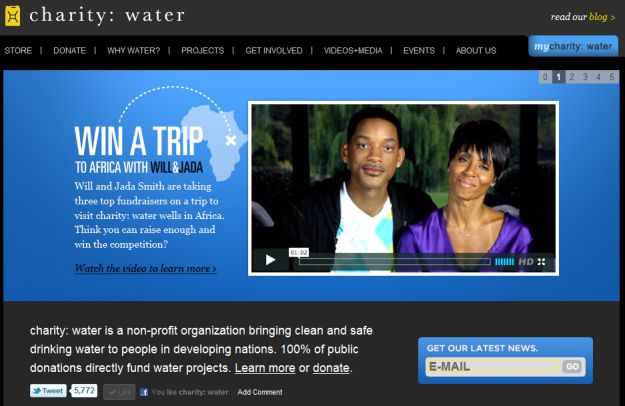Scott Harrison was one lucky 28 year old. He found himself sitting on a beach with the perfect girlfriend, a Rolex watch, and a beautiful car nearby. He was living the life he had always dreamed of, but it was not enough. He suddenly realized something about himself that he did not like, and he decided to change it. It has been several years since that day on the beach, and Harrison is now the head of a non-profit organization, charity: water.
Stories like this are not very common, but not impossible. So, how can you become a social entrepreneur? Inc. looks at the process Harrison went through to help you answer that question.
Know Your Issue
What made Harrison’s mission different? While in Liberia taking photos, he recognized the one item that was causing sickness and even death for most of his subjects was something many of us take for granted, clean water. He saw it (people walking miles to get clean water), photographed it (including emails to club-promoting friends) and found his calling. When he returned to the U.S., he knew what issue to tackle, and he has never looked back.
Build the Brand
“Nicholas Kristof wrote in the New York Times that any brand of toothpaste is peddled with far more sophistication than all the world’s life-saving causes,” says Harrison. “That really made me think: how could Doritos go out and spend hundreds of millions of dollars talking about chips and sneaker companies spending billions marketing shoes? But here we are trying to do one of the most redemptive things in the world, and bring clean water to every man, woman and child. To get the message out, we had to create an epic brand that people could trust to do that.”
Think of It As a Business
“I think of charity: water as a for-profit tech startup that has no profits,” says Harrison. “We give away 100% of our profits. So the better year we have, the more people around the world have access to clean water. Our shareholders are people in 17 countries around the world waiting for a rig to drive into a village to provide clean water to a few hundred people living there. We use the word business so much more than non-profit, even though that’s what we are.”
Screenshot from charity: water
